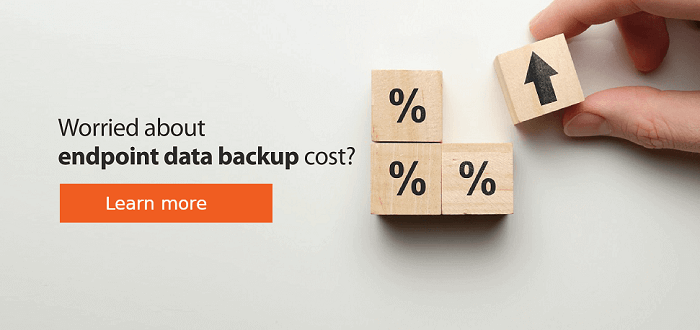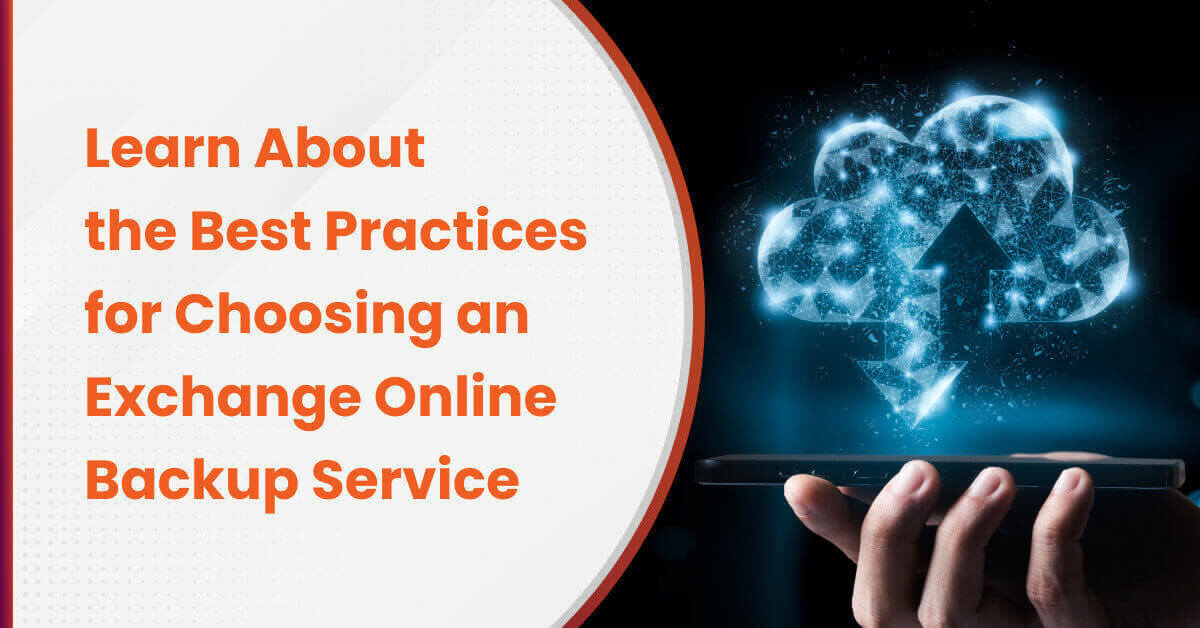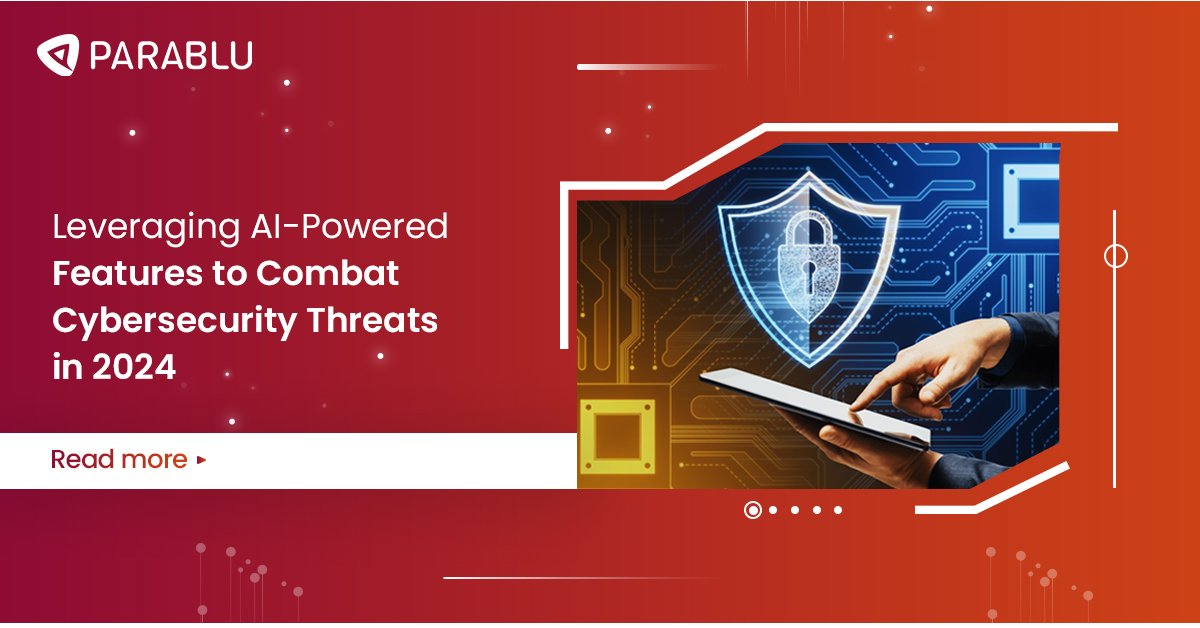5 hidden costs to watch for when implementing a Backup Solution

Unveiling Hidden Costs in Enterprise Backup Solutions
TCO – or Total Cost of Ownership. An acronym that salespeople throw around, and one that befuddles IT buyers every time.
TCO by its very definition is complicated – it is more than meets the eye. It is supposed to be the sum of all direct and indirect costs associated with buying and using a product over a period of time. Direct costs are easy to quantify, but Indirect Costs are much less so.
For ‘commoditized’ solutions, TCO is easy to calculate. When solutions are highly commoditized, buyers are going to get highly similar outcomes irrespective of vendor. At such times, procurement teams can easily compare the price of Vendor A vs Vendor B and choose the lower-cost option.
Backup solutions are nuanced, and can hardly be considered commoditized. Businesses make investments in solutions like backup to hedge against potential losses of data due to regulatory non-compliance or ransomware – which could be far higher than the cost paid for the software itself.
But, it is perfectly logical for buyers to look for the most value for the money they are paying, and that’s where calculating TCO becomes so important. TCO is actually an important consideration for an IT decision-maker to consider when buying a sophisticated solution like Enterprise-class backup.
Many buyers who are not experienced with deploying and using enterprise-class backup make the mistake of considering it a commodity and do a straight comparison of vendor prices, which can be quite deceptive. In this blog, we’ll try to list out a few hidden costs which ‘get’ inexperienced buyers every time.
Many buyers who are not experienced with deploying and using enterprise class backup make the mistake of considering it a commodity and do a straight comparison of vendor prices, which can be quite deceptive.
Hidden Software Costs
I’ve seen this happen when customers buy an on-premise backup solution. What they usually don’t learn till later is that because the Backup Server runs on Windows, they’ll have to spring for Windows Server licenses, SQL Server licenses and associated Microsoft CALs (Client Access Licenses) – which can add up to a hefty investment.
Apart from Microsoft related licenses, it is also important to check for any additional third-party license dependencies. Oracle perhaps? Or other third-party indexing, document rendering, security software?
Also, check and see what kind of technology goes into the vendor’s solution stack. Although this is meant to be opaque to you as a customer, it can give you valuable insights into why the product is priced the way it is. Solutions built on robust and well tested open source components shouldn’t cost a bomb.
Hidden Storage Costs
I see this a lot nowadays especially as organizations are moving to SaaS based backup offerings. The per user license cost for the backup looks too good to be true. But when you read the fine print, that covers only about 5GB-10GB of backup data. Want to backup more? Well, you’ll pay at the rate of $$/GB/month.
What this means is that you have to either get super-choosy about what you wish to backup – to keep your costs under control. Or be prepared to get much higher cloud backup pricing to use more storage. And these storage costs are all front-end data size based – i.e. even if the backup software uses only a fraction of that space because of compression and de-duplication technologies, you don’t get the benefit of such savings. You still pay for front end data size.
Look for solutions which can leverage your existing storage investment – either on-premise or in the cloud. Solutions like BluVault from Parablu can utilize space out of your existing OneDrive for Business or Google Drive allocations.
Most public cloud vendors don’t charge of ingress, but will charge for each byte of data that egresses (or leaves) their tenant.
Hidden Network Costs
This happens when you buy the backup software and decide to deploy it in your own cloud tenant or in co-located hosting. What you won’t realized until atleast a month after deployment is that you are being charged costs for ingress or egress. Most public cloud vendors don’t charge of ingress, but will charge for each byte of data that egresses (or leaves) their tenant. Co-located hosting may depend on the type of deal you’ve worked out with them, but is isn’t uncommon to have a cap on ingress/egress data costs monthly and charge the customer for excess.
SaaS offerings which charge you a fixed cost each year or each month, usually don’t have this snag, but it is good to check.
Hidden Administration Costs
This is a tough one to measure – but how much easier is your life because the software is just easy to manage? Can you get reports and audit history emailed to you each day? Can you manage the console and do basic tasks right from your phone or tab? How self-healing, self-correcting is the software? Can you delegate portions of the administration to your direct reports?
If you need an army of people to manage the solution and still spend several hours of your day babysitting them – your TCO has gone way up. If you can manage it with a fraction (half or quarter) of a head-count – you may have a keeper.
Take care to evaluate this aspect closely when you do a Trial or PoC (proof of concept) before purchasing.
Hidden Frustration Costs
Technical Support! A question that most procurement teams don’t even think of asking– but such an important consideration for TCO! How responsive/proactive is technical support?
This is also a tough one to measure, but here are a few things you should ask. Can you open tickets 24×7? How quickly can you get a call back? Is the support competent or are they a bunch of email jockeys who send you canned responses explaining why it is your problem and not theirs? Do they roll up their sleeves and help you troubleshoot? Or are they finger-pointers?
Customer references are a good way to check this out. Remember to always ask for a couple of references from customers similar to you – who’ve used the software for more than a year.
There are surely more – but you’ll be well served to watch out for these 5 big ones. Want to know more about cloud backup pricing or can you think of a few more? Please share them with us. Write us anytime at info@parablu.com or get in touch with us today.





